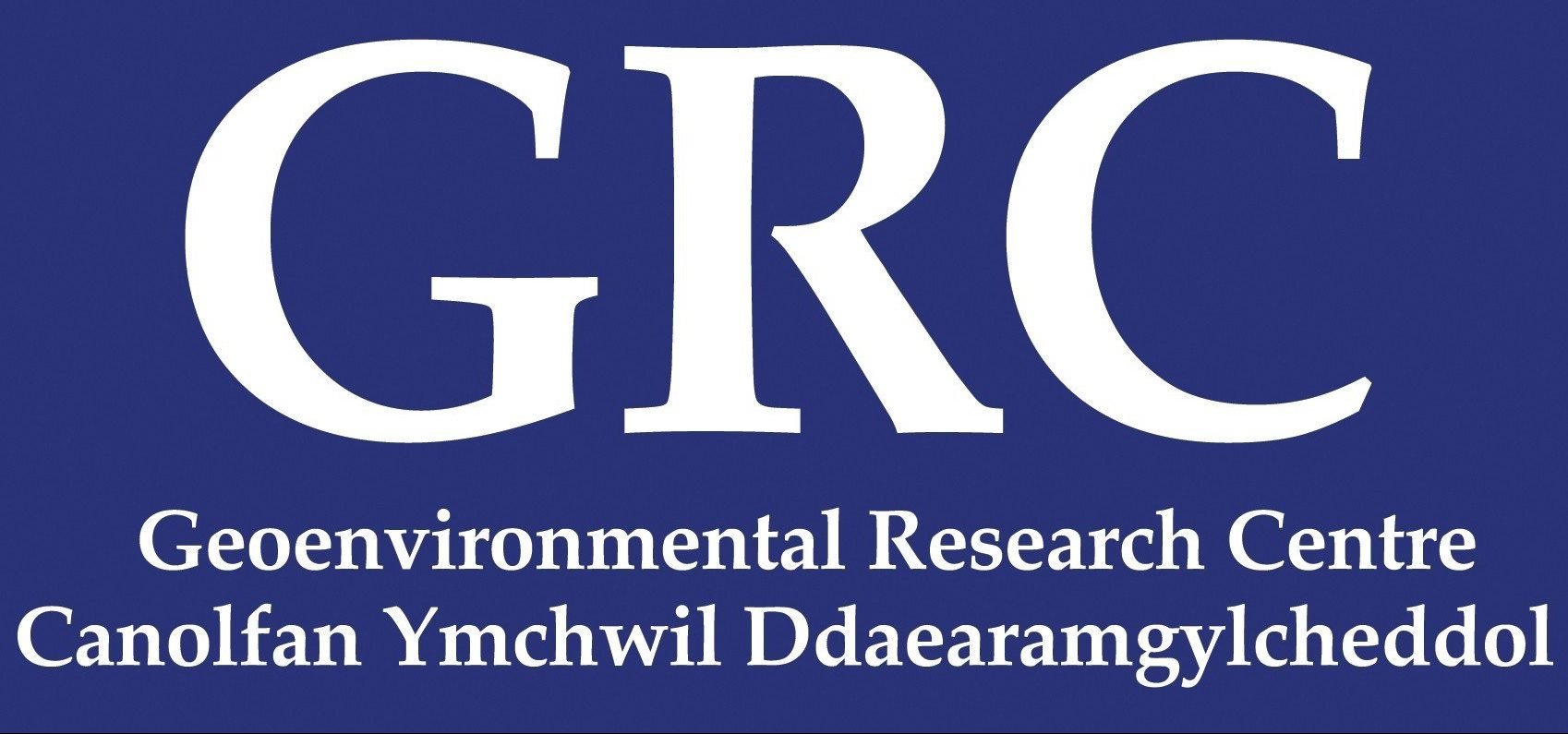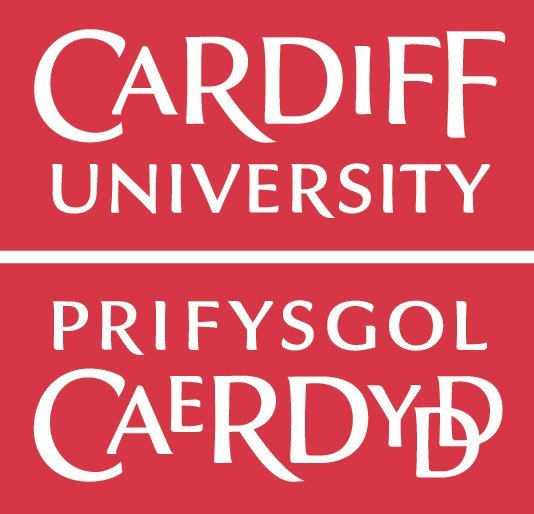Objective
The Seren Project’s Ground source heat Work Package join forces with other relevant bodies that can help move the Ground source heat pump industry forward, instilling consumer confidence and delivering a compelling case for this excellent alternative energy source
What is a Ground Source Heat Pump System?
Ground Source Heat Pump (GSHP) systems involve the recovery of energy as low grade heat from the ground. The sun provides the majority of this heat energy, with only a very small amount coming from the Earth’s interior. This is why the technology is termed “Ground Source” and not Geothermal Energy.
The system uses either bore holes sunk to depths of 70 to 180 metres into the ground, drawing heat from the earth’s crust, or horizontal arrays of pipes sunk in trenches and less than two metres below the earth. The fluid in pipes below the ground is circulated to the surface. Once there, heat pumps extract the energy and raise the temperature further before further distributing the fluid around the property. The cooled fluid is then returned to the earth where it is heated by the ground once more.
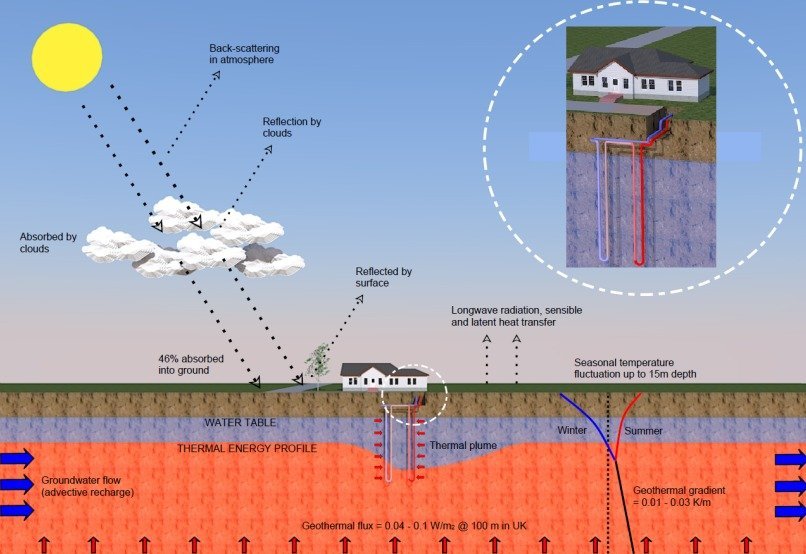
What is our Aim?
The ground source heat industry is young in the UK and requires applied research to reduce uncertainties, reduce costs and increase awareness.
The Seren project intends to:
- remove uncertainty by carrying out full scale monitoring on new and existing systems;
- increase understanding by carrying out advanced numerical simulations;
- remove barriers by producing tailored design aids;
- expand knowledge by testing new ideas to increase efficiency; and
- expand access by increasing the high-tech skills capacity via activities and dissemination.
What are we actively engaged in?
Full Scale Data Monitoring
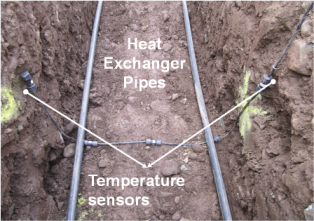
What is the best, most efficient way to take full advantage of the energy contained in shallow ground? This is one of the most challenging questions faced by GSHP developers and renewable energy projects. A sound knowledge base is required to help inform government agencies and advisory bodies, and detailed site studies providing reliable data have a vital role to play in this.
The first such detailed study is now being conducted at a site in Wales. The aim is to understand the interactions between the soil, the horizontal heat exchangers and the above ground environment. The monitoring site comprises 112 ground temperature sensors and 3 climatic sensors for monitoring solar radiation, rainfall and ambient air temperature. An increased understanding of these interactions will help to achieve an optimum and sustainable use of soil heat resources in the future.
Numerical Modelling and Simulation
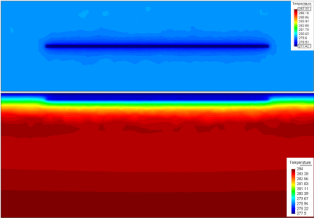
The most problematic, widely-held misconception is the idea that ground heat exchangers may be sized based on a ‘rule-of-thumb’ which relates ground heat exchanger length to building peak heating and cooling loads, or to the installed capacity of the equipment (typically expressed as W/m or ft/ton).
Fortunately, a positive alternative to the ‘rule-of-thumb’ approach lies in the use of simulation-based design, coupled with in-situ measurements of ground thermal properties, ground loop boundaries and surface boundaries. The GRC’s numerical model (COMPASS) simulates ground behaviour in relation to ground source heat. The model is calibrated with measured temperature histories in the ground. The calibrated model can in turn be used to forecast the future behavior of the Borehole Heat Extraction System (BHES)/ Horizontal Loop System (HLS).
Software to Aid Design
To aid design, Seren has developed user-friendly software tools aimed at assisting Welsh small and medium enterprises. These tools are transferred into businesses in the convergence area, at no cost to the companies being supported.
So far the project has developed:
Innovative Technology
To raise awareness of the possibility of using mine water as a heat source, a desk study was carried out on a possible energy extraction approach from mine water. This approach could lead to reduced energy costs and greenhouse gas emissions.
The Taff Bargoed Development Centre worked with Seren in providing a suitable case study.
Like-minded organisations could take advantage of the opportunities to exploit the potential of abandoned mining areas for commercial development. The results of the study are available for new and existing entrepreneurs, planners and other target groups interested in the use of mine water for space heating purposes.
